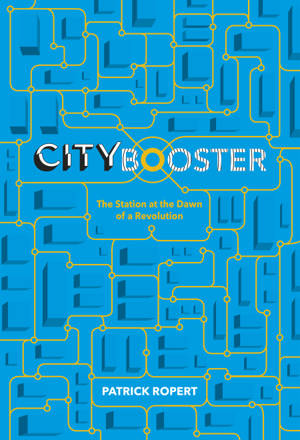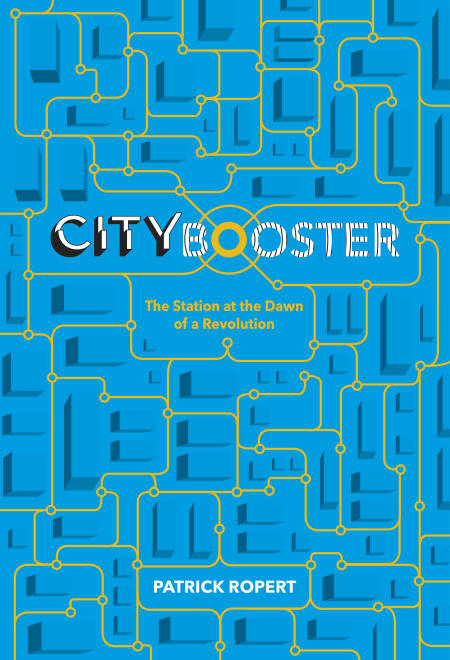
- Retrait gratuit dans votre magasin Club
- 7.000.000 titres dans notre catalogue
- Payer en toute sécurité
- Toujours un magasin près de chez vous
- Retrait gratuit dans votre magasin Club
- 7.000.0000 titres dans notre catalogue
- Payer en toute sécurité
- Toujours un magasin près de chez vous
Description
The Station at the Dawn of a Revolution !
Everyone thinks they know their own station, the one they pass through every day or visit on their travels. Do you really know yours? The station of tomor- row won't be what we expect it to be. While at the heart of urban development today, stations are preparing to become the vital nerve centre of tomorrow's cities. They will play a key role in the full expansion of our present-day cities.
Being, as it was, at the forefront of the Industrial Revolution in the 19th century, the station has contributed to the birth of our modern cities. Even though this model has only gradually renewed itself in the 20th century, it has nevertheless managed to create a new balance between mobilities that are shared and kinder to the environment.
In the future, the station will become an "urban hub' that is radically differ- ent from what it has been in the past. The station of the future will play the role of first link in the physical and digital smart transport network; it will connect people, business flows and data. These "hubs' will combine mobility and wellbeing, and will connect the city and its outskirts together. The station, a powerful marker of local identity, will spark economic development, will put the environment back at the heart of daily life and will marry together the digital and physical worlds.
There will be no great metropolises without transformed stations, which can respond to the massive challenges raised by the world's rampant urbanisation. This future, set within the next few decades, will see the station transformed into a "city booster'. It is this exciting human, economic, digital and cultural revolution that we are invited to witness by Patrick Ropert.
Spécifications
Parties prenantes
- Auteur(s) :
- Editeur:
Contenu
- Nombre de pages :
- 196
- Langue:
- Anglais
- Collection :
Caractéristiques
- EAN:
- 9782375093641
- Date de parution :
- 15-05-18
- Format:
- Ebook
- Protection digitale:
- /
- Format numérique:
- ePub

Les avis
Nous publions uniquement les avis qui respectent les conditions requises. Consultez nos conditions pour les avis.






